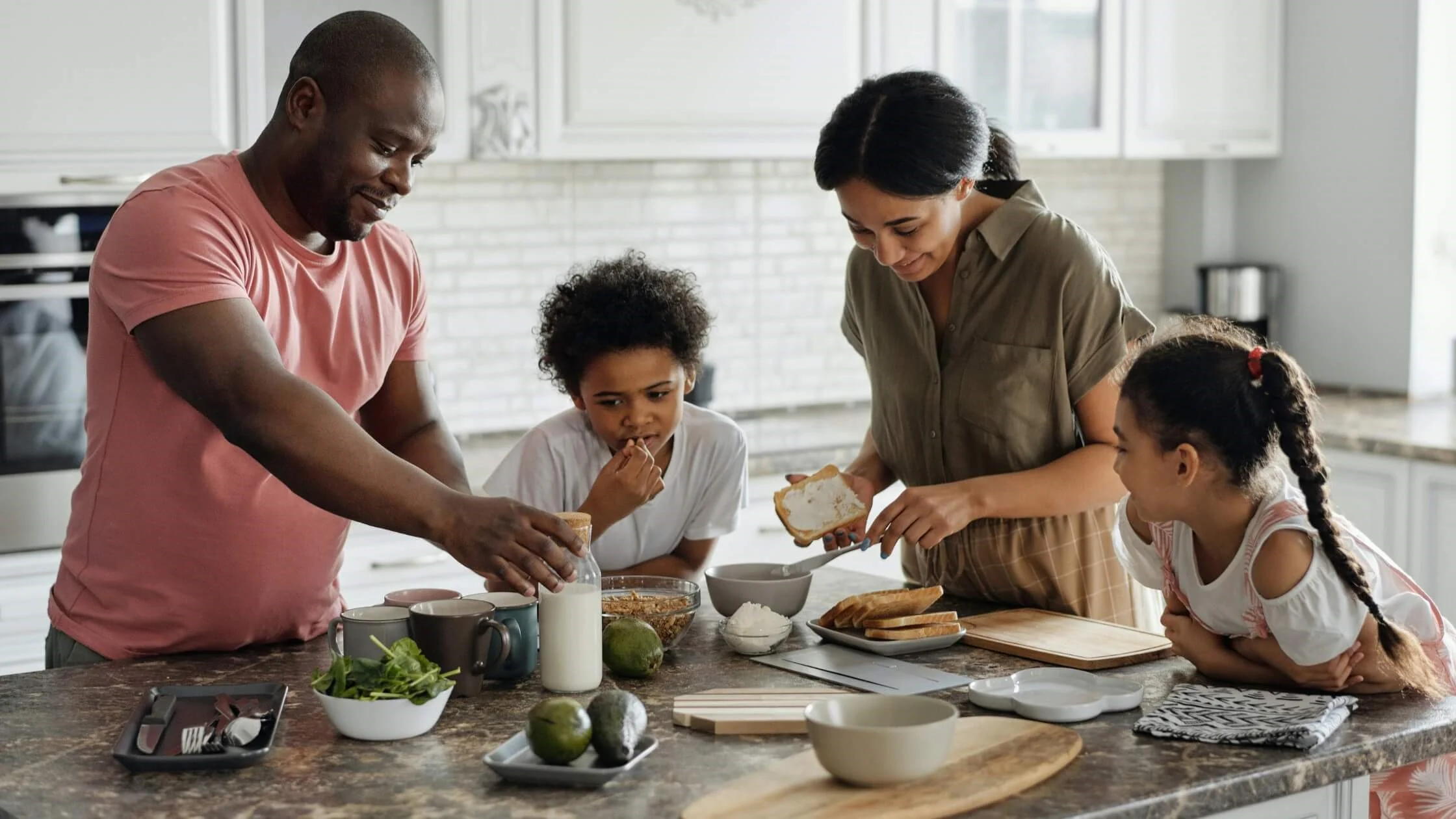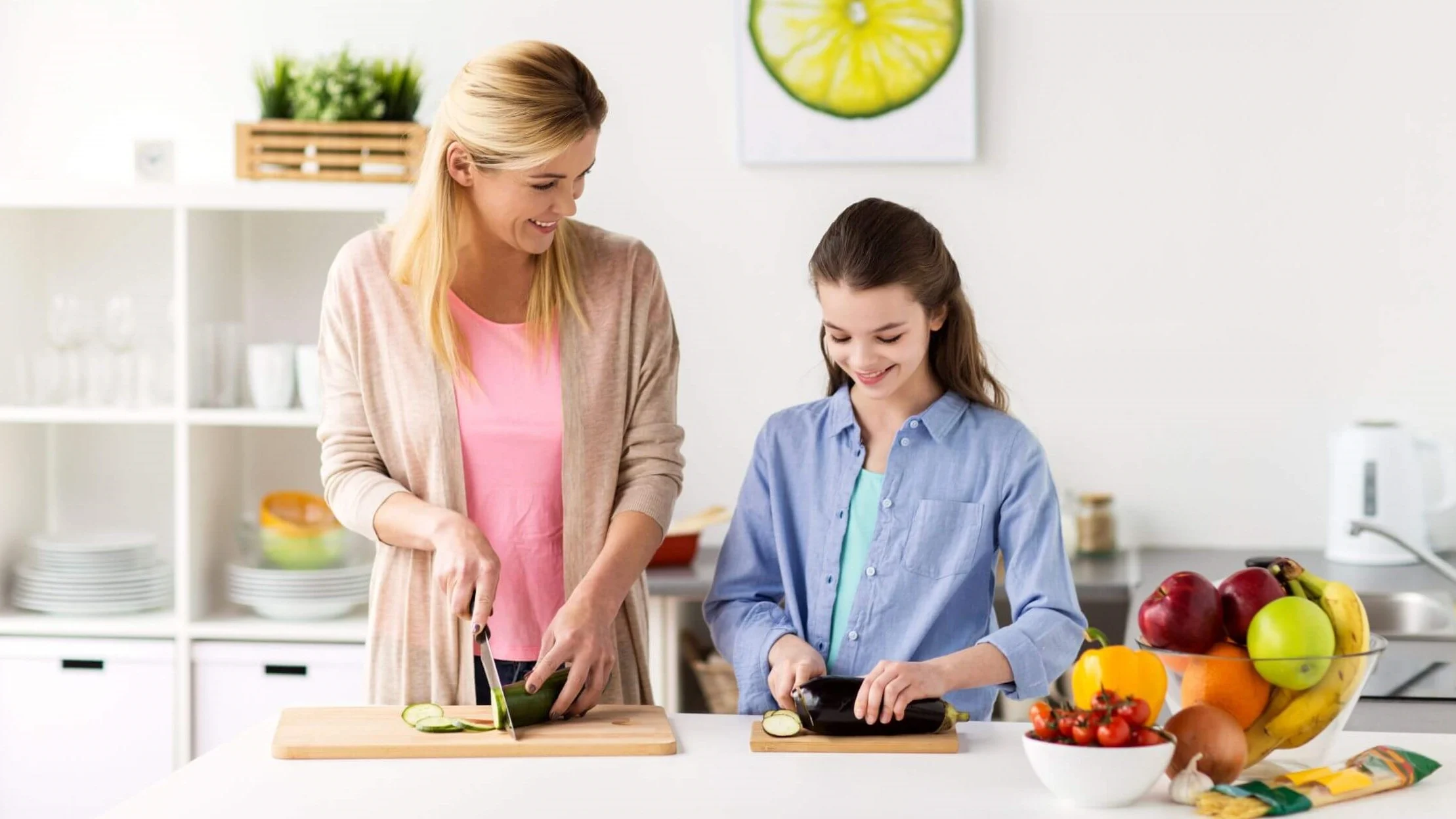What can I do to ease my child’s separation anxiety?

Separation anxiety is a common condition in children that results in an extreme fear of being apart from a caregiver or loved one, usually a parent. Some babies can develop object permanence (knowing something still exists when it can’t be seen anymore) or separation anxiety as soon as 4 to 5 months. However, more intense separation anxiety can begin around month 8 or 9. Separation anxiety can be different for every child. Finding methods that work for managing this stage of childhood development helps to make parting from your child each day become much easier and can offer you greater peace of mind.
Here’s what you should know about childhood separation anxiety!
Separation anxiety symptoms
Symptoms displayed by children with separation anxiety can include:
- Intense episodes of crying
- Refusing to separate from a parent or loved one
- Extreme temper tantrums
- Clinginess to a parent or loved one
- Refusal to connect with others
- Night terrors
- Inability to sleep alone
Risk factors of separation anxiety in children can include:
- Absence of a parent
- A new school
- Relocating somewhere new
- A parent’s divorce or separation
- Death of a family member
- Diagnosed anxiety in a parent
- Adoption or foster care
- Alcoholism in the home
Although separation anxiety often occurs in infants and toddlers, it can also be experienced by older children, teens, or adults.
Coping methods to ease childhood separation anxiety
Practice taking breaks – If a child has separation anxiety, they could be afraid that they won’t see you again. Taking breaks away from your child can help them become more adjusted to the idea of you being gone and coming back. You can practice being separated from your child by having a family member or trusted caregiver spend time with them. This can be done in brief periods to work your way up to the real thing, such as a full-time caregiver or school.
Create a leaving routine – Kids love routines! Knowing what is going to happen next helps give children a sense of comfort and feel more secure, just like adults. Confidence is built when schedules are predictable, reliable and familiar. It’s also helpful to ensure you explain what is happening in a kid-friendly way, such as “after your nap”, so your child is better able to understand the routine step-by-step.
Be consistent – Whether you’re in the next room, making a run to the store or going to work, it’s essential to return back to your child at the time you told them. Keeping your word to a child, even to an infant or toddler, aids in making the good-byes smoother and helps to build trust in the relationship between a parent and child.
Don’t know where to start?
To get further assistance or more information on how to manage your child’s separation anxiety, click here.
Regardless of the date published, no content on this website should ever be used as a replacement for direct medical advice from your primary care provider or another qualified clinician.






